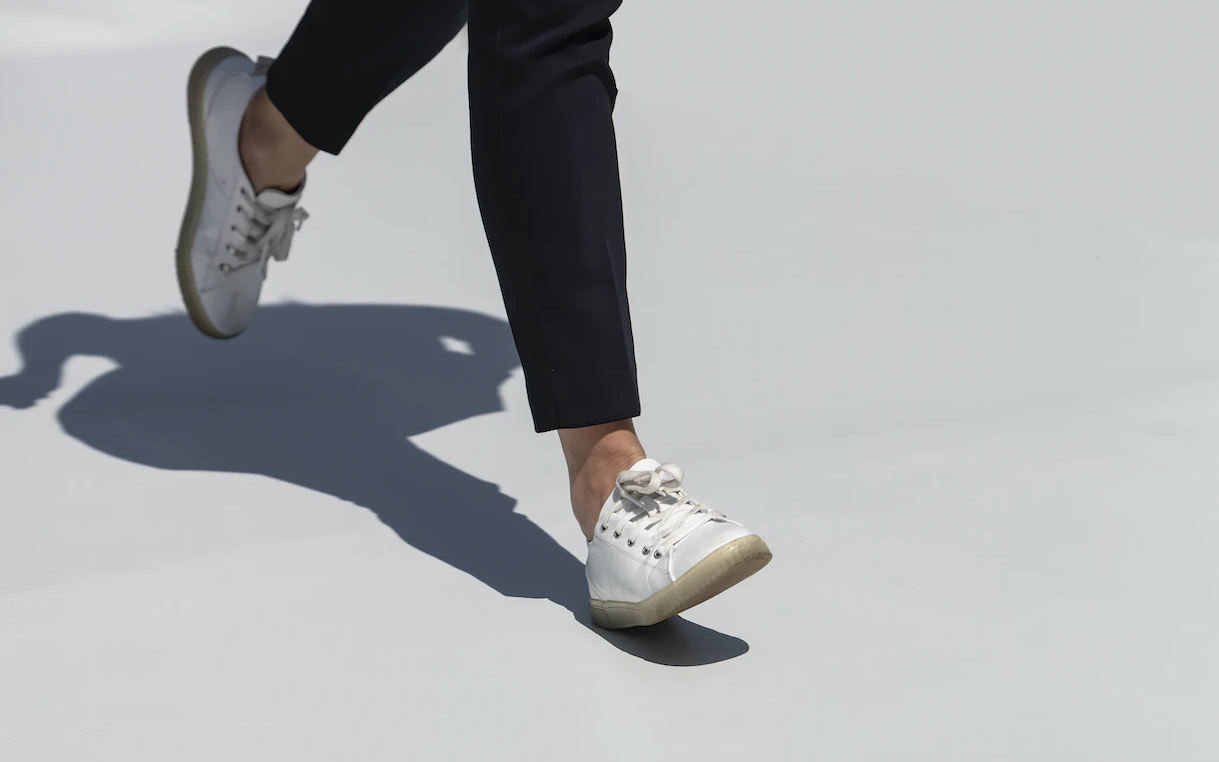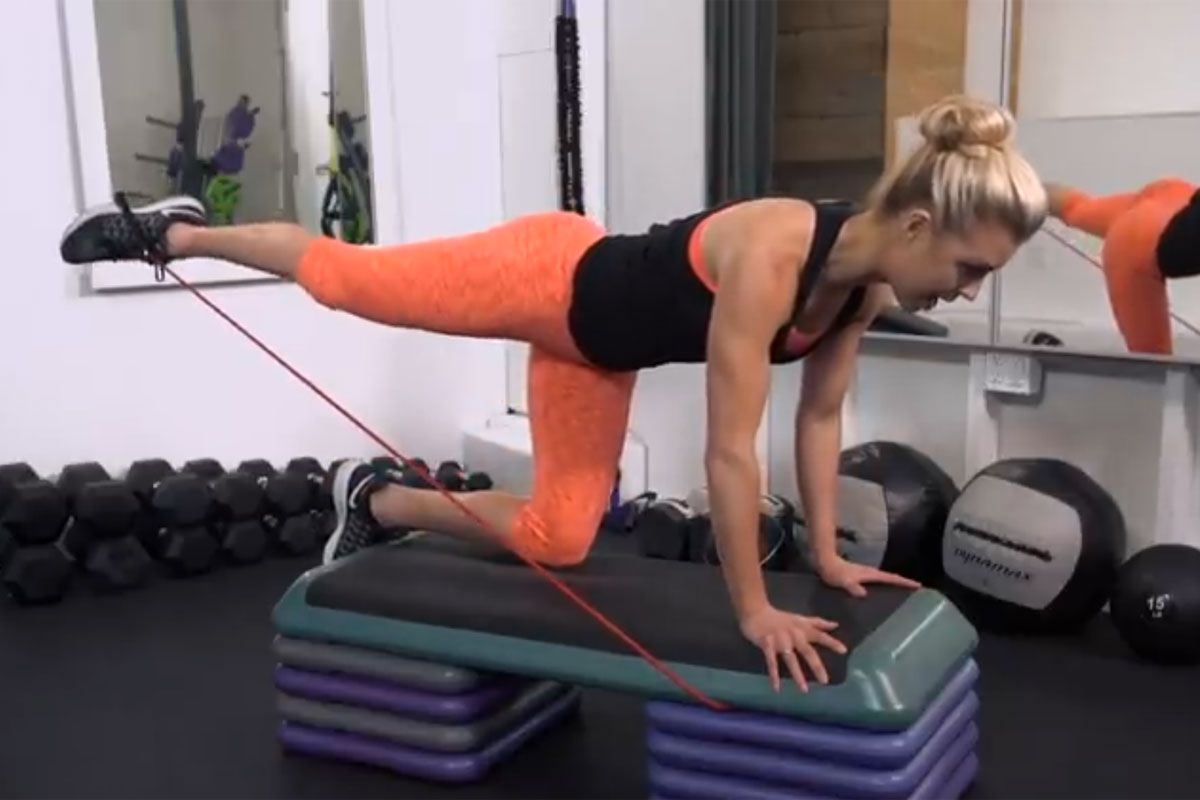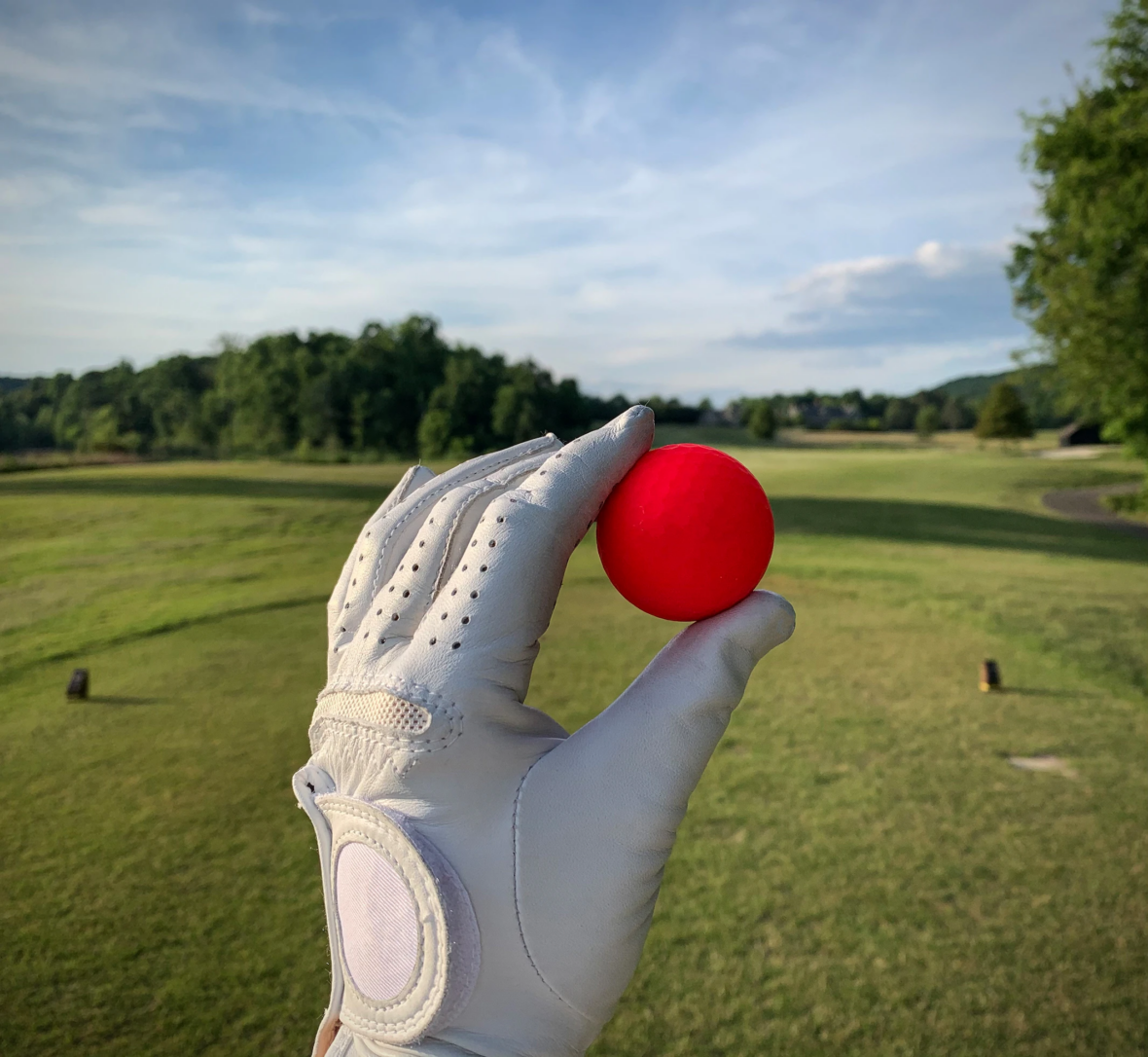Good mornings are a great addition to any workout routine as they are compound movements, or exercises that help target various parts of your body. But what are good mornings and why are they an essential part of your routine?
In this guide, you’ll learn more about what this exercise is, what muscles they target, and how to do it in perfect form. Read more to find out what exactly good mornings can do for you.
RELATED: Best Ways to Workout Without Realizing It
What are good mornings?

Like mentioned, good mornings are a great workout as they work on various parts of your body. So instead of doing several exercises to reach all intended muscles, this one exercise can take care of several with ease. It’s incredibly easy to master, it saves time, and helps you lose weight and gain muscle a bit easier.
What muscles do good morning exercises work?
The big reason why this workout is a fan favorite is from how many muscles it works on. It targets the posterior chain, which are the muscles along the backside of your body such as the upper back, lats, and calves, but primarily strengthens your glutes and hamstrings.
With how often the population sits either during work or when they’re home, working out this area can be a huge benefit, as most don’t activate their posterior chain. This can help you run faster and lift heavier items if you work on strengthening this area.
Like with most exercises, working out will always help you prevent future injuries. If the posterior chain is lacking, the rest of the muscle groups will compensate for it, which creates the risk for injuries, especially with knees, hamstrings or lower back.
This is also a huge help if you’re looking for exercises that help improve your mobility. Ensuring that you can do this type of workout, with other similar exercises like lunges or squats, can help prevent injuries when you get older.
Other muscles that are worked out during this movement are the ones in your core, like the transverse abdominis, obliques and pelvic floor, which are crucial in keeping your spine protected. If you start using weights when doing this, it will also work out your triceps, biceps, shoulders and traps, making it a great full-body workout.
CHECK OUT: How Should You Exercise Based on Your Menstrual Cycle?
How do you do good morning exercises?
Here is how you can do your good morning exercise.
Start by standing with your feet shoulder-width apart, feet pointed forward, squatting slightly with your knees and hips bent a little.
While some recommend a dumbbell or barbell, you should try doing this without one first to make sure you’re being safe and not pushing your limits. You can add one later if you want.
Engage your core and spine in a neutral position, hinge at your hips and lower your upper body until your torso is parallel to the floor, pushing your butt back slightly. Make sure you’re not rounding your back.
Come back to your vertical starting position. Complete this movement in three sets of ten reps, depending on your limitations.
Good morning exercise variations
There are several different ways you can go about doing this workout, especially if you’re having a hard time doing it at first. One great way to do this for first timers is by sitting. To do this, find a chair that is sturdy, sit down with your feet shoulder-width apart, brace your core and keep it engaged as you lower your torso until it’s parallel with the floor.
If this is becoming too easy for you though, a great addition to this workout is adding weights, which start to workout your arm muscles as mentioned. Adding either a barbell with weights or just simple dumbbells can make a great impact on your workout.
For those that have resistance bands, there is a variation you can do for those. Using a large resistance band, stand in the same position but with a band pinned to the ground beneath you. Loop the band over your body so the top is resting behind your neck, draped over your shoulder. Using the same movements as if you had a dumbbell, keep your back flat and core engaged as you move your torso parallel to the floor, completing your set.
READ MORE: How to Warm Up Before Lifting









